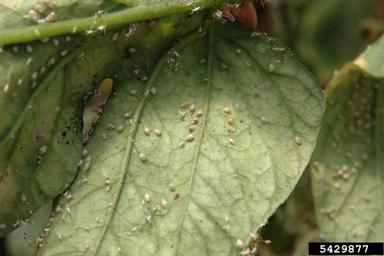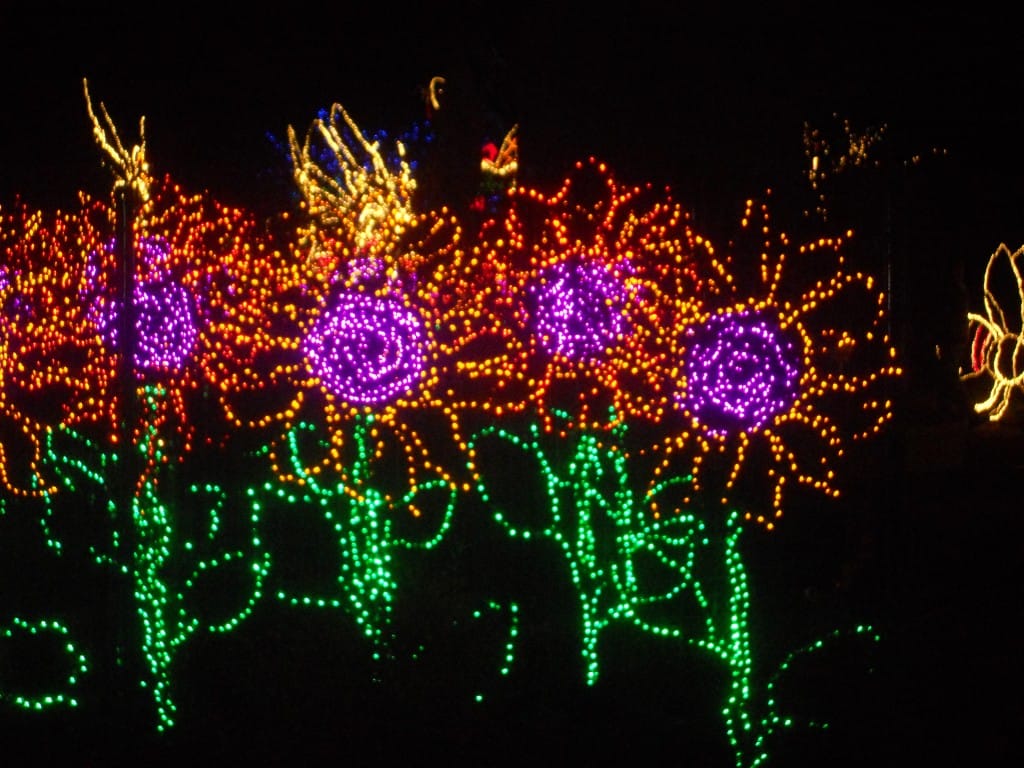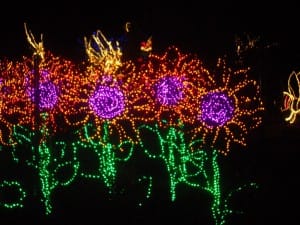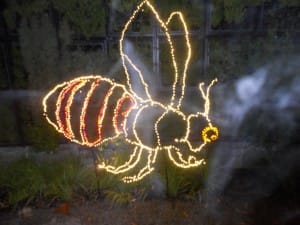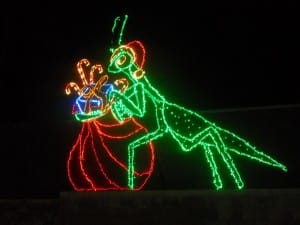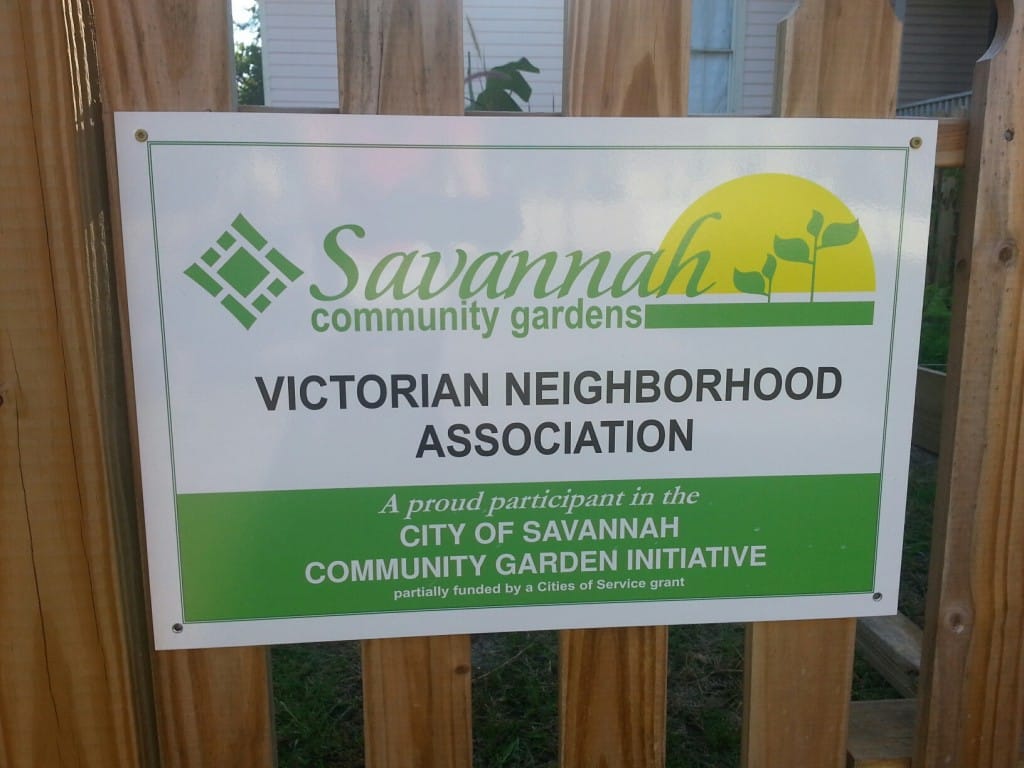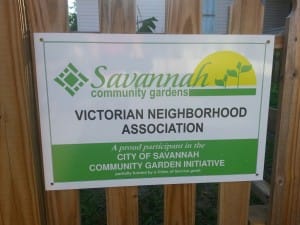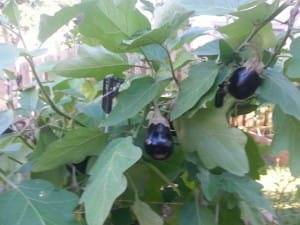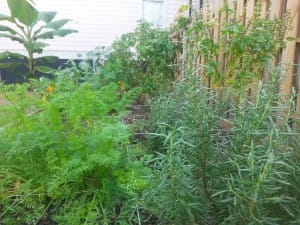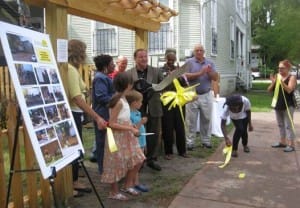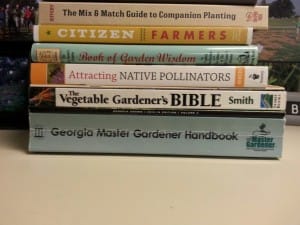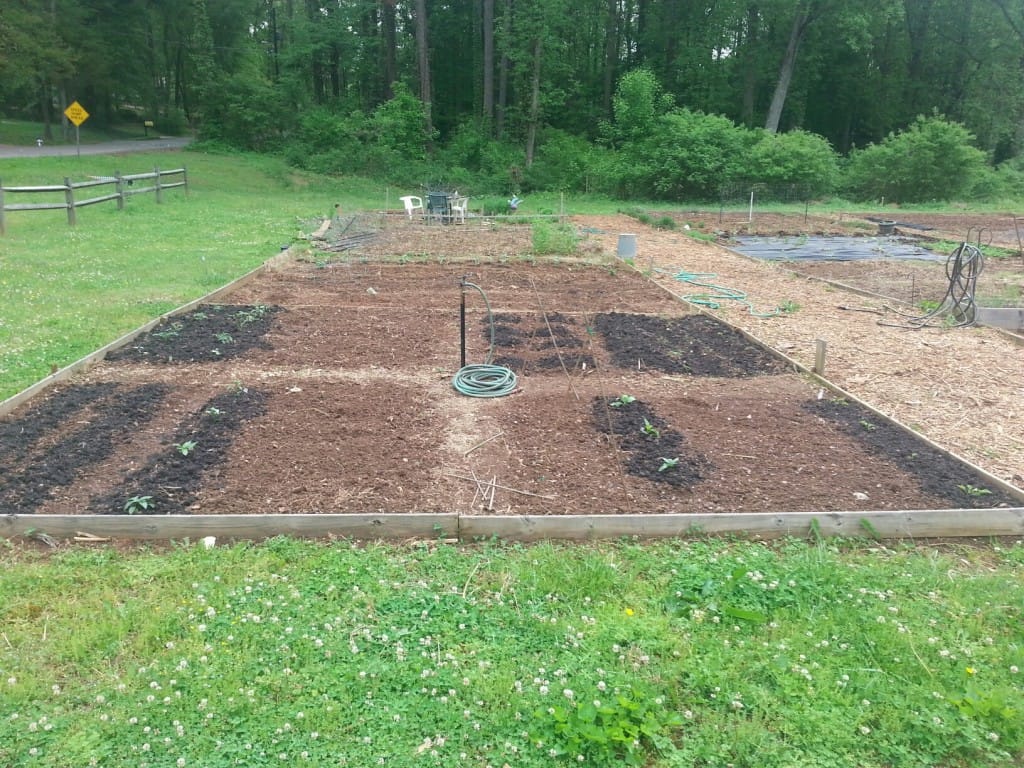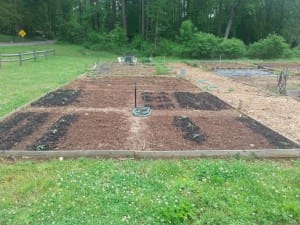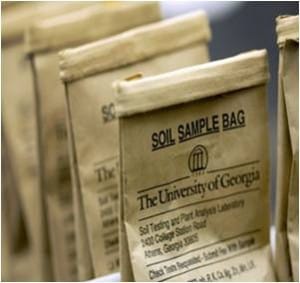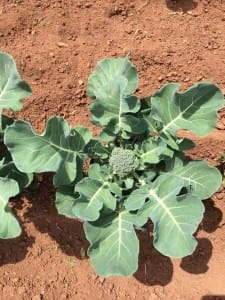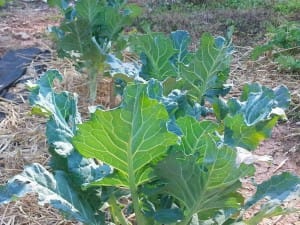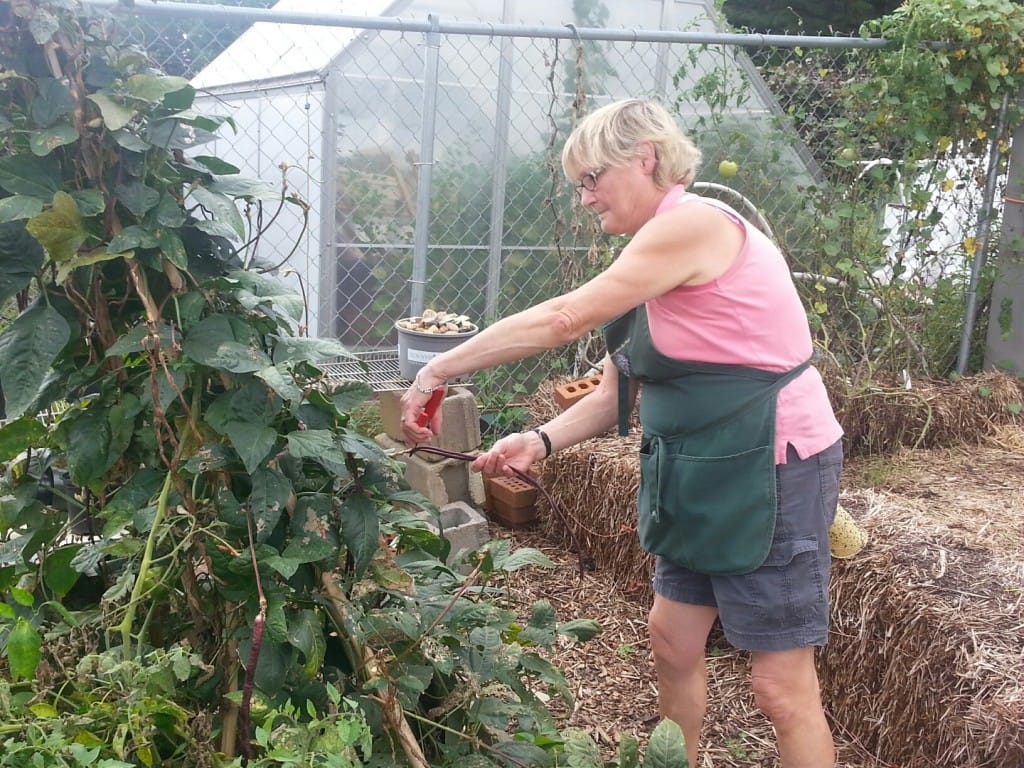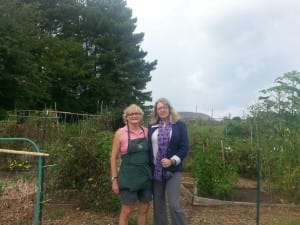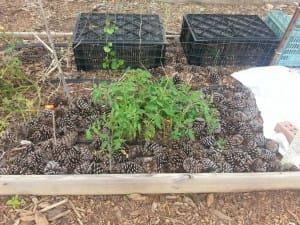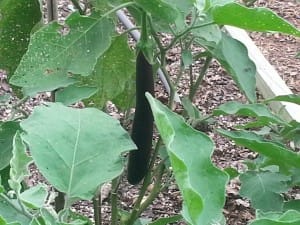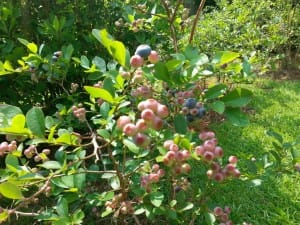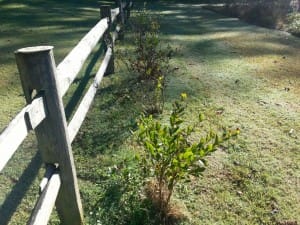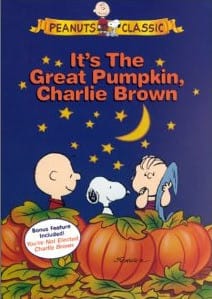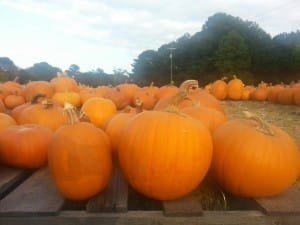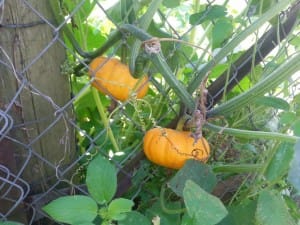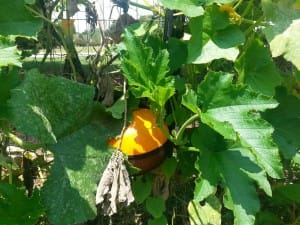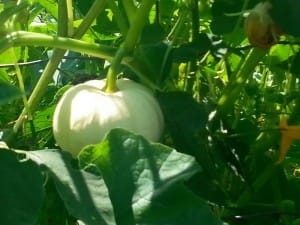You may have heard about integrated pest management (IPM) and wondered if it is something only farmers use. Actually IPM has a real place in any type of gardening, including your community garden plot. According to the UGA Integrated Pest Management website this is the definition of IPM:
It is a science-based decision making process that employs biological, mechanical, cultural, and chemical control methods in such a way as to minimize economic, environmental, and public health risks associated with pests and pest management practices.
Notice it is science-based decision making. This is important.
In practice, the gardener employs many different strategies to combat an insect pest or disease instead of just reaching for the chemical spray. For a very basic example a gardener wants to grow tomatoes knowing that Fusarium wilt can be a problem. (Fusarium wilt is a fungus that lives in the soil and infects plants through their root systems.) This gardener will employ IPM by:
-
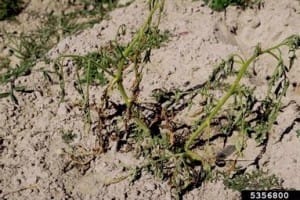
Fusarium wilt on tomatoes. Photo from bugwood by William M. Brown, Jr. making sure his/her soil is healthy
- growing healthy plants using recommended fertilization and watering practices
- learning about the Fusarium wilt fungus and its biology
- choosing tomato cultivars that show resistance to Fusarium wilt – these will have the letter “F” after the cultivar name
- caring for garden equipment by proper disinfection and not using equipment from another gardener that has not been disinfected
- being aware of the hot, dry weather that favors Fusarium wilt and looking for wilting especially during these conditions
- destroying any infected plants
- practicing crop rotation
With IPM, actions are taken to prevent diseases and pests from becoming a problem. Rather than simply eliminating the pests that are found right now, using IPM means the gardener will look at environmental factors that affect the pest and its ability to do damage. Armed with this information, the gardener can create conditions that are unfavorable for the pest. Know your enemy!
Your local UGA Extension agent can help you make a positive disease or insect identification so that you can make a plan to deter the problem.
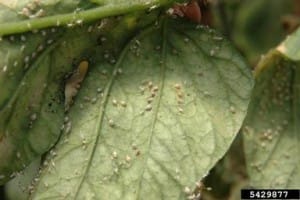
Learning when and where an insect pest lays her eggs can help you find those eggs and remove them. Determining what weather conditions favor a disease can help you adjust your planting date to avoid the peak of the disease. Finding out how a disease is spread can also help you combat it. Is it soil-borne or are fungal spores spread with wind? Also, what beneficial insects prey on your insect pest and how can you attract those helpful insects?
Subscribing to this blog and other researched based information sources can help you know what diseases or pests are problematic in your area and what you can do about them.
If you haven’t visited the Upcoming Classes page of this blog, please do so. There are many classes and workshops coming up. Many are free and some are offered online.
Happy Gardening!
